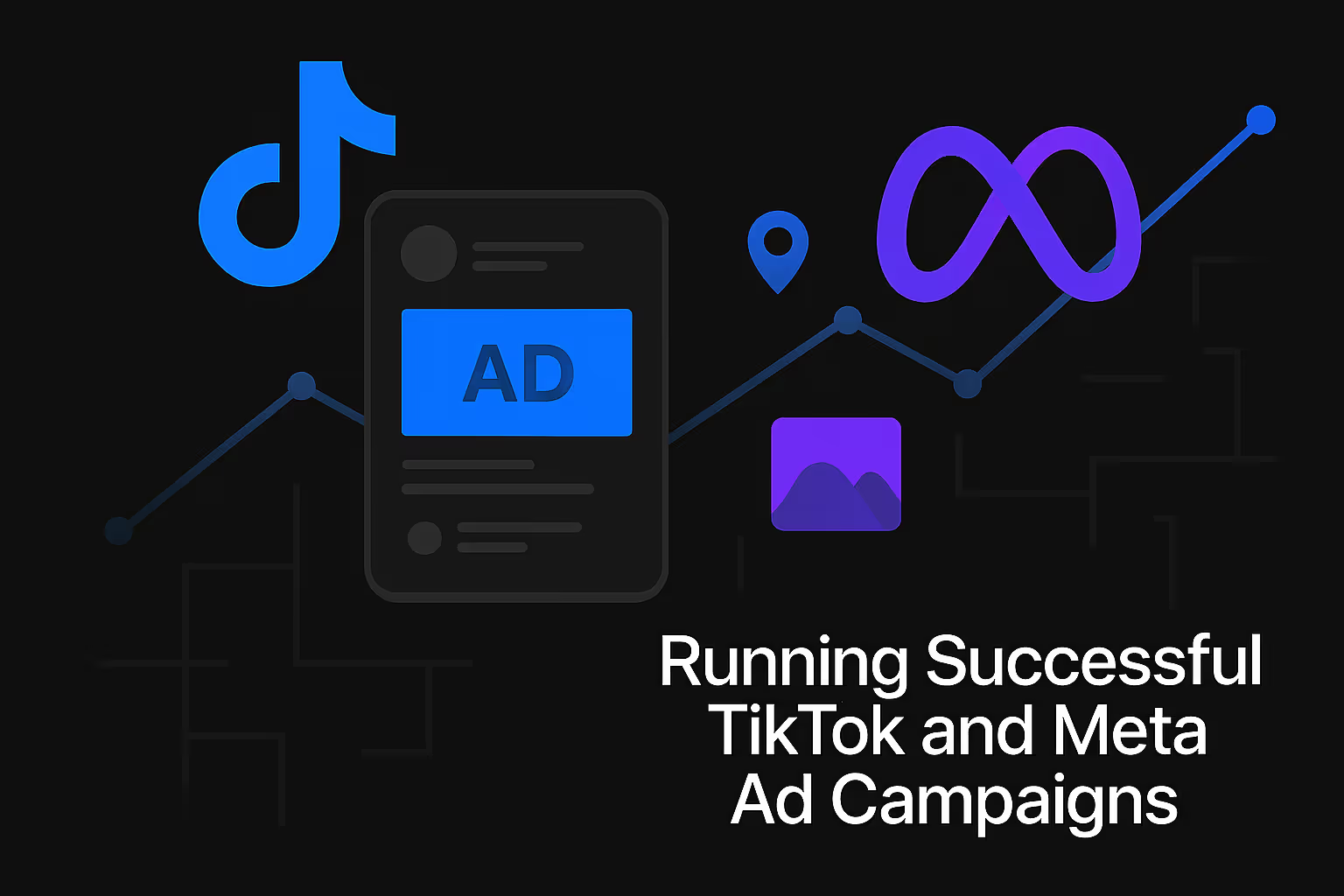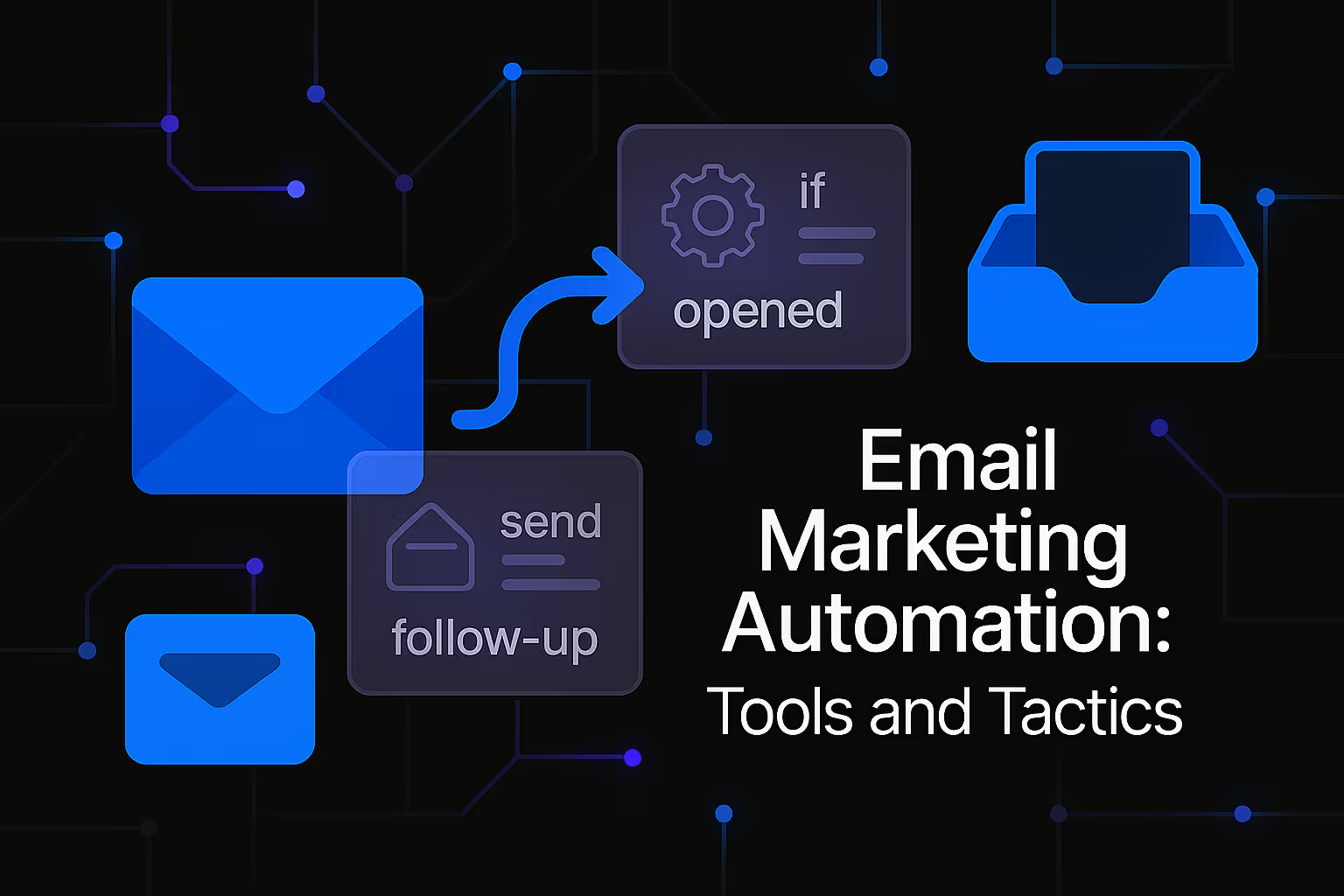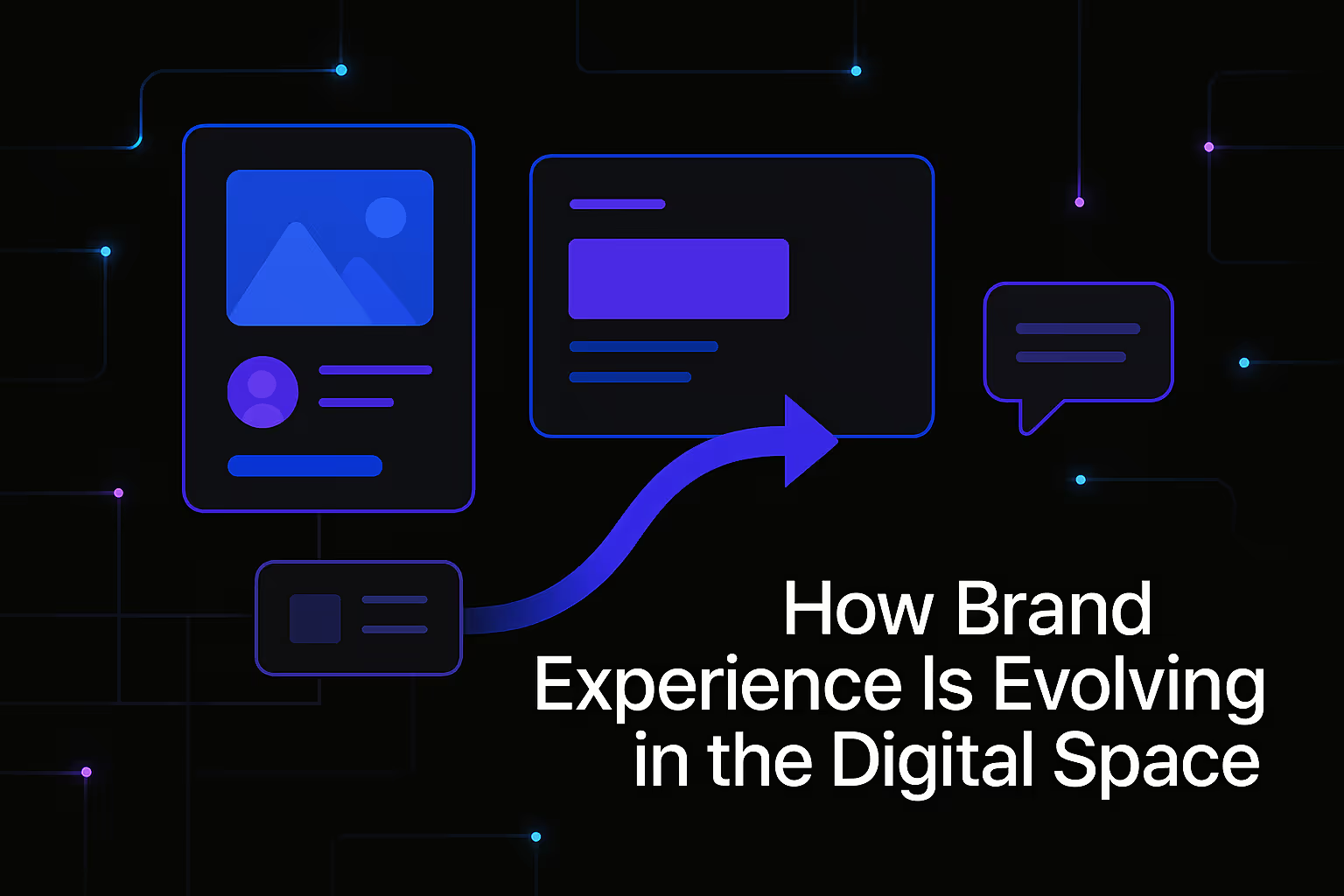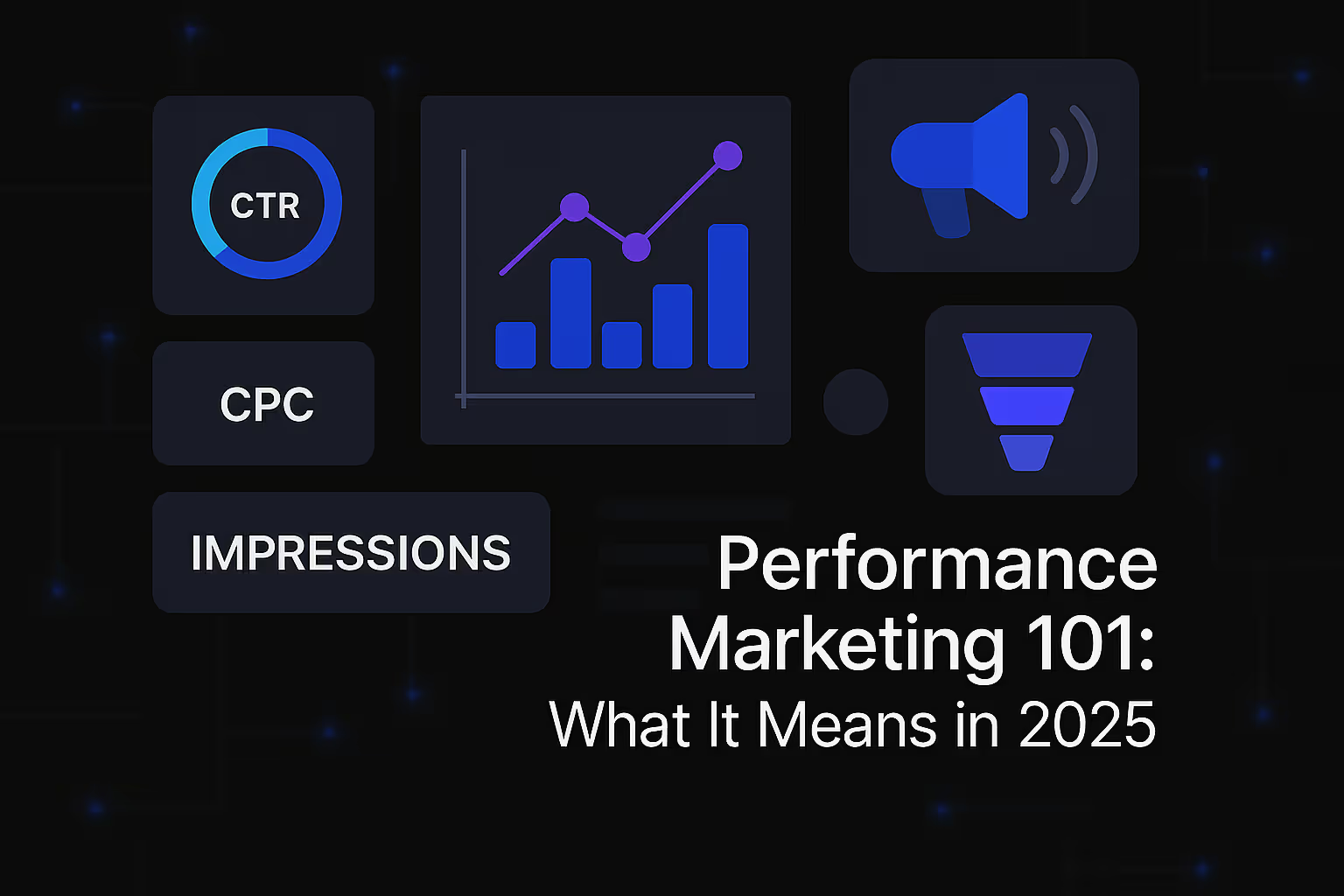Running Successful TikTok and Meta Ad Campaigns

The digital advertising landscape is a dynamic realm, constantly evolving with new platforms, algorithms, and consumer behaviors. Among the most potent forces in this ecosystem are TikTok and Meta (formerly Facebook), two titans that offer unparalleled reach and sophisticated targeting capabilities for businesses aiming to connect with their audiences. While both platforms are indispensable, their unique characteristics demand tailored strategies for optimal performance. Understanding how to navigate the nuances of each, from initial campaign setup to advanced optimization, is paramount for achieving significant return on investment and establishing a commanding digital presence. This guide delves into the strategic and tactical approaches necessary to orchestrate highly successful ad campaigns on both TikTok and Meta, ensuring your brand not only reaches but deeply resonates with its target consumers.
Understanding the Landscape: TikTok vs. Meta
Before embarking on the journey of campaign creation, it is crucial to appreciate the distinct environments offered by TikTok and Meta. While both are social media powerhouses, their core user experiences, content formats, and algorithmic underpinnings shape fundamentally different advertising approaches. Recognizing these differences is the first step towards building a truly effective multi-platform strategy.
The Unique Power of TikTok Advertising
TikTok has ascended rapidly to become a dominant force in the social media world, particularly for its innovative approach to short-form video content. Its explosive growth has cultivated a highly engaged, often younger, audience segment that thrives on authenticity, creativity, and trending cultural moments. For advertisers, TikTok represents an unparalleled opportunity to tap into virality and genuine user connection. The platform’s algorithm is notoriously adept at surfacing content to users based on their engagement patterns, rather than solely on who they follow. This means even smaller brands can achieve massive reach if their content is compelling and aligns with current trends.
Successful TikTok advertising hinges on a creative-first approach. Traditional, polished advertisements often fall flat here. Instead, brands must embrace the platform's native aesthetic, which favors raw, unscripted, and entertaining content that feels less like an ad and more like organic user-generated content. Incorporating trending sounds, participating in challenges, and collaborating with creators who authentically embody your brand’s spirit are all vital elements of a winning TikTok strategy. The platform's unique "For You Page" algorithm rewards content that quickly captures attention and sustains engagement, emphasizing the critical importance of a strong hook within the first few seconds of any video ad.
The Enduring Strength of Meta Advertising
Meta, encompassing Facebook and Instagram, remains an advertising behemoth with an enduring strength rooted in its immense global reach, diverse demographic representation, and unparalleled data insights. For years, Meta has refined its advertising tools, offering businesses robust targeting capabilities that allow for incredibly precise audience segmentation. This precision is a cornerstone of its appeal, enabling advertisers to reach not just broad demographics, but specific interest groups, life events, and purchasing behaviors.
The Meta advertising ecosystem supports a vast array of ad formats, including static images, dynamic videos, interactive carousels, and engaging collection ads, providing immense flexibility for different campaign objectives. Advertisers can strategically place their ads across Facebook Feed, Instagram Feed, Stories, Reels, Marketplace, Audience Network, and Messenger, ensuring broad visibility. Meta’s power lies in its ability to facilitate detailed audience insights and sophisticated retargeting strategies, allowing businesses to re-engage with individuals who have previously interacted with their brand, visited their website, or engaged with specific content. This capability for nurturing leads through the sales funnel is a significant advantage, making Meta a cornerstone for performance marketing campaigns focused on direct response and measurable conversions.
Strategic Foundations for High-Performing Campaigns
Regardless of the platform, a successful ad campaign is built upon a bedrock of meticulous planning and strategic foresight. Without clear objectives, a deep understanding of your audience, and compelling creative, even the most advanced targeting tools will yield suboptimal results.
Defining Clear Objectives and Key Performance Indicators (KPIs)
Every ad campaign must begin with a clear understanding of its purpose. Setting SMART goals – Specific, Measurable, Achievable, Relevant, and Time-bound – is not merely an academic exercise; it is the compass that guides all subsequent decisions. Are you aiming to increase brand awareness, generate qualified leads, drive direct sales, encourage app installations, or boost website traffic? Each objective demands a different strategic approach, budget allocation, and set of key performance indicators (KPIs).
For a brand awareness campaign, KPIs might include reach, impressions, and video views. For lead generation, you would track lead magnet downloads, form submissions, or sign-ups. Sales-focused campaigns are naturally tied to conversion rates, average order value, and return on ad spend (ROAS). Aligning your campaign objectives with tangible business outcomes ensures that your advertising efforts are not just visible, but genuinely contribute to your bottom line. Without clearly defined KPIs, it becomes impossible to accurately measure success, learn from performance, and optimize for future growth.
Deep Dive into Audience Targeting
The ability to precisely reach the right people with the right message at the right time is the hallmark of effective digital advertising. Both TikTok and Meta offer powerful, albeit different, tools for audience targeting, and mastering them is crucial for campaign efficiency.
Meta's advertising platform is renowned for its granular targeting capabilities. Advertisers can segment audiences based on demographics (age, gender, location, language), detailed interests (hobbies, brands, media consumption), and behaviors (purchase history, device usage, political affiliation). Beyond these core options, Meta allows for the creation of custom audiences by uploading customer lists, leveraging website visitor data via the Meta Pixel, or engaging with app users. The platform's sophisticated lookalike audiences feature can then identify new prospects who share similar characteristics with your most valuable existing customers, significantly expanding reach while maintaining relevance. This layered approach enables highly refined audience segmentation and robust retargeting strategies, essential for moving prospects through the conversion funnel.
TikTok's targeting, while continuously evolving, tends to be more focused on interests and behaviors within the platform itself, reflecting its discovery-driven nature. Advertisers can target based on broad interest categories, video interaction behaviors (e.g., users who watched certain types of videos), and creator engagement. Like Meta, TikTok also supports custom audiences and lookalike audiences, allowing brands to leverage their existing customer data or website traffic to find new, similar users. The key difference lies in TikTok's algorithm's propensity to push content to users it believes will engage, often transcending explicit targeting parameters if the creative itself is highly resonant. This means that while targeting is important, the creative itself plays an even more significant role in finding the right audience on TikTok by naturally appealing to those who connect with its style and message. On both platforms, continuous audience research and the development of detailed buyer personas are foundational. The art of refining your audiences based on performance data is an ongoing process that directly impacts campaign efficiency and scalability.
Crafting Compelling Creative: The Heart of Your Campaign
Creative content is the undeniable engine of any successful digital ad campaign. It is the visual and narrative hook that captures attention, communicates value, and compels action. However, what constitutes "compelling" varies significantly between TikTok and Meta.
For TikTok creative, authenticity and a native feel are paramount. Vertical video is the standard, and content should feel organic, often mimicking user-generated content (UGC) rather than highly produced commercials. The first three seconds are critical for capturing attention, as users scroll rapidly through their "For You Page." Storytelling, relatable humor, educational snippets, and genuine product demonstrations perform exceptionally well. Utilizing TikTok’s in-app editing tools, leveraging trending audio, and participating in popular challenges can significantly boost engagement and reach. A clear, concise call to action (CTA) that blends naturally into the content is also essential, guiding viewers on the next step without disrupting the viewing experience. The goal is to entertain, inform, and inspire, making the ad feel like an enjoyable part of the user’s feed.
Meta creative, while also benefiting from authenticity, allows for a broader range of production values and formats. High-quality visuals, whether static images, polished videos, or dynamic carousels, are fundamental. Ad copy must be clear, concise, and persuasive, effectively communicating the value proposition and a strong call to action. Testing different ad formats—from single image ads to longer-form video stories—is crucial for identifying what resonates best with specific audience segments. A/B testing variations of ad creatives, including headlines, copy, visuals, and CTAs, is an indispensable practice on Meta. The platform rewards creatives that are visually appealing, informative, and directly address the pain points or desires of the target audience, driving them towards a desired action on a well-optimized landing page.
Execution Excellence: Launching and Managing Campaigns
Once the strategic foundations are laid, the next phase involves the meticulous execution and ongoing management of your ad campaigns. This includes structuring your campaigns logically, allocating budgets wisely, and ensuring a seamless user experience from ad click to conversion.
Campaign Structure and Budget Allocation
Effective campaign structure is crucial for organization, clarity, and optimization. Both TikTok and Meta generally follow a similar hierarchy: Campaign > Ad Set > Ad. The campaign level is where you define your overall objective (e.g., brand awareness, conversions). The ad set level is where you define your audience, budget, schedule, and placements. Finally, the ad level is where your creative content and ad copy reside. This structure allows for segmented testing and granular control over different aspects of your campaign.
Understanding budget types is equally important. Daily budgets allow for consistent spend throughout the day, while lifetime budgets spend a set amount over a defined period. Choosing the right budget type depends on your campaign goals and flexibility. Furthermore, strategic bid strategies are critical for maximizing your ad spend. Options like "lowest cost" (maximizing results within your budget), "cost cap" (setting a maximum cost per result), and "bid cap" (setting a maximum bid for each action) offer varying levels of control and risk. For scaling successful campaigns, understanding when and how to increase budgets without compromising efficiency is a delicate balance, often requiring gradual increments and close monitoring of performance metrics.
Landing Page Optimization for Conversion
The effectiveness of your ad campaigns extends far beyond the ad itself; it critically depends on the post-click experience. A poorly optimized landing page can negate the impact of even the most compelling ad creative. The landing page serves as the crucial link between your ad and the desired conversion. It must be mobile-responsive, ensuring a seamless experience across all devices, and load incredibly fast. Every second of delay can lead to a significant drop-off in potential conversions.
Crucially, the messaging on your landing page must be in direct alignment with your ad copy and creative. Any disconnect can confuse users and erode trust. The value proposition presented in the ad should be reinforced and expanded upon on the landing page. Furthermore, the user experience (UX) must be intuitive, guiding visitors towards the conversion path with clear calls to action, minimal distractions, and easily accessible information. A/B testing different elements of your landing page, such as headlines, images, copy, form fields, and CTA buttons, is an ongoing practice that can significantly boost your conversion rates and overall campaign ROI.
Mastering A/B Testing and Experimentation
In the realm of digital advertising, assumption is the enemy of progress. A/B testing, or split testing, is an indispensable practice that allows you to systematically compare different versions of your ad elements to determine which performs best. This scientific approach removes guesswork and provides data-driven insights for optimization.
What should you test? Practically everything: different audience segments, various ad creatives (images, videos), multiple ad copy variations (headlines, body text, CTAs), diverse bidding strategies, and alternative landing page layouts. The key is to isolate variables, testing one change at a time to accurately attribute performance shifts. Methodologies for structured testing involve creating clear hypotheses, running tests with sufficient sample sizes to achieve statistical significance, and meticulously interpreting the results. The insights gained from A/B testing are invaluable, informing subsequent optimizations and contributing to a continuous cycle of improvement that pushes your campaign performance higher.
Ongoing Optimization and Scalability
Launching a campaign is just the beginning. The true magic of successful digital advertising lies in the continuous monitoring, analysis, and iterative optimization of your campaigns. The digital landscape is always shifting, and your campaigns must adapt and evolve to maintain peak performance and achieve sustainable growth.
Performance Monitoring and Analytics
Constant vigilance over your campaign data is non-negotiable. Both TikTok and Meta provide comprehensive analytics dashboards that offer a wealth of information. Key metrics to track include:
- Impressions and Reach: How many times your ad was displayed and how many unique users saw it.
- Clicks and Click-Through Rate (CTR): The number of clicks your ad received and the percentage of impressions that resulted in a click.
- Conversions: The desired actions users take after clicking your ad (e.g., purchases, leads, sign-ups).
- Cost Per Acquisition (CPA) or Cost Per Lead (CPL): The average cost to acquire a customer or a lead.
- Return on Ad Spend (ROAS): The revenue generated for every dollar spent on advertising, a crucial metric for e-commerce.
Beyond these core metrics, it is vital to understand the customer journey and delve into attribution models, which help determine which touchpoints receive credit for a conversion. Identifying trends (positive or negative) and anomalies in your data allows for proactive adjustments, preventing wasted spend and capitalizing on emerging opportunities. This constant flow of data fuels informed decision-making.
Iterative Optimization Strategies
Based on your performance monitoring, continuous optimization becomes an iterative process. This involves a series of strategic adjustments designed to improve efficiency and maximize results.
- Adjusting Bids and Budgets: If a particular ad set is overperforming or underperforming, you might increase or decrease its budget or adjust its bidding strategy to optimize for cost-efficiency or scale.
- Refreshing Creatives: Ad fatigue is a real phenomenon. Users become accustomed to seeing the same ads, leading to diminishing returns. Regularly refreshing your ad creatives with new visuals, copy, and concepts is essential to maintain engagement and prevent performance plateaus.
- Refining Audience Targeting: Based on which audience segments are converting best, you might narrow or expand your targeting parameters. Excluding underperforming demographics or interests can significantly improve efficiency.
- Optimizing Placements: Some ad placements (e.g., Instagram Stories vs. Facebook Feed) might perform better for certain objectives. Adjusting where your ads appear can enhance results.
- When to Pause or Scale: Learning when to pause underperforming ad sets or campaigns to prevent budget waste, and conversely, when to scale successful ones, is a critical skill. Scaling should often be gradual to avoid sudden drops in efficiency.
Scaling for Sustainable Growth
Once you have identified winning campaigns and optimized them for efficiency, the next logical step is to scale for sustainable growth. This involves expanding your reach and impact without compromising your profitability. Strategies for scaling include:
- Exploring New Ad Formats: If single image ads are working, test video, carousel, or collection ads to see if they unlock new performance potential.
- Diversifying Audiences: Beyond lookalikes, explore new interest categories, behaviors, or custom audience segments that align with your ideal customer profile.
- International Expansion: If your product or service has global appeal, gradually expanding into new geographic markets can unlock significant growth, though it requires careful consideration of cultural nuances and language.
- Maintaining Efficiency: As you increase your ad spend, closely monitor your CPA/ROAS. A slight increase in cost might be acceptable for significantly increased volume, but drastic drops in efficiency signal a need to reassess your scaling approach. The goal is always to grow profitably.
Navigating Platform-Specific Nuances and Future Trends
The digital advertising landscape is never static. Both TikTok and Meta are continuously evolving, introducing new features, algorithmic updates, and responding to broader industry trends like data privacy. Staying abreast of these changes is crucial for long-term success.
TikTok's Algorithmic Nuances and Future
TikTok's "For You Page" algorithm is a marvel of content discovery. It prioritizes user engagement, pushing content that resonates with individuals even if they don't follow the creator. This means that for advertisers, the inherent virality of the content itself can often supersede traditional targeting. Understanding that TikTok users value authenticity and entertainment above all else is key. Brands that succeed often integrate their advertising with organic content strategies, fostering community engagement and even encouraging user-generated content that implicitly promotes their offerings. As TikTok matures, it continues to introduce more sophisticated ad products and features, pushing towards greater measurement and optimization capabilities, but its core emphasis on creative authenticity will likely remain.
Meta's Evolution: Automation and Privacy
Meta's ad platform is increasingly leaning into automation, with features like Advantage+ campaigns designed to simplify campaign setup and leverage AI for optimization. These automated solutions can be highly effective for certain objectives, especially for businesses with less experience in manual campaign management. However, the biggest ongoing challenge for Meta advertisers has been adapting to privacy changes, particularly those stemming from Apple's iOS 14 updates, which have impacted data tracking and attribution. This shift has underscored the increasing importance of first-party data—data collected directly from your customers—and robust CRM integration. Brands that can effectively collect, manage, and leverage their own customer data will be better positioned to navigate privacy-centric advertising environments and maintain precise targeting capabilities on Meta.
The Synergy of Cross-Platform Strategy
While TikTok and Meta each possess unique strengths, the most effective digital advertising strategies often involve a synergistic approach that leverages the complementary nature of both platforms. TikTok excels at driving top-of-funnel awareness and creating viral moments, reaching new audiences with engaging, authentic content. Meta, with its precise targeting and retargeting capabilities, is often more effective for nurturing leads, driving conversions, and building loyal customer relationships further down the funnel.
For example, a brand might use TikTok to launch a trending challenge or creative campaign that generates significant brand awareness and drives initial interest. They could then retarget users who engaged with that TikTok content on Meta, using more direct response ads to convert them into customers. A unified reporting and analysis framework that tracks performance across both platforms provides a holistic view of your marketing efforts, allowing you to understand the complete customer journey and attribute value accurately. By understanding when and how to use each platform, and how they can feed into each other, businesses can create a robust, multi-channel advertising ecosystem that maximizes reach, engagement, and ultimately, return on investment. The future of digital advertising lies not in choosing one platform over the other, but in mastering their individual powers and orchestrating them into a cohesive, high-performing symphony of marketing success.
Similar Insights
Stay Updated with Our Insights
Join our newsletter for the latest trends and tips in web development and digital marketing.




